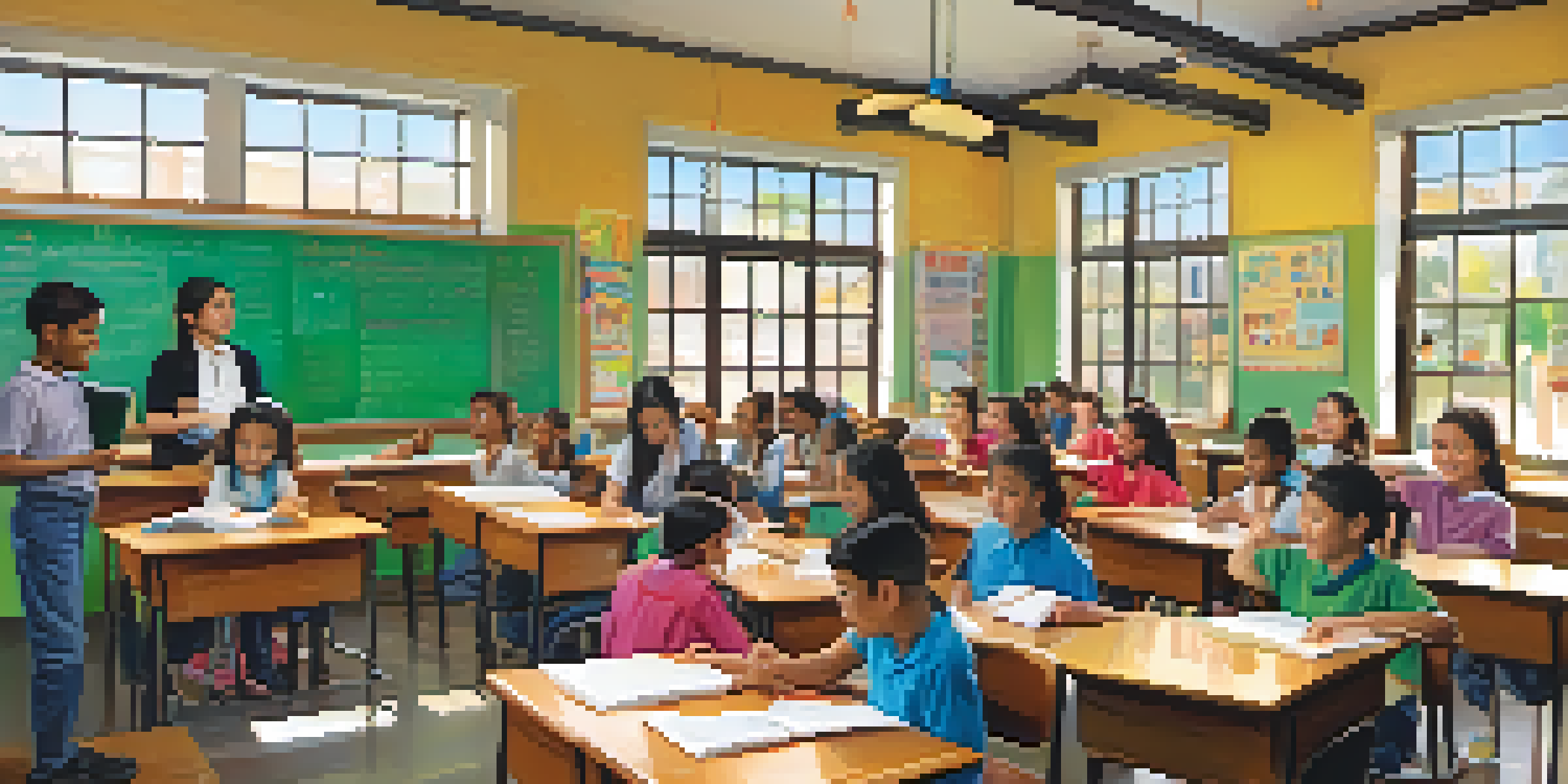Bilingual Education Programs in San Francisco Schools

Understanding Bilingual Education in San Francisco
Bilingual education refers to instructional programs in which students learn in two languages. In San Francisco, this model is designed to support both English learners and native English speakers. The goal is to promote fluency in both languages while enhancing academic achievement. It's a dynamic approach that recognizes the cultural diversity of the city and aims to prepare students for a globalized world.
Types of Bilingual Programs Offered
San Francisco schools offer several types of bilingual education programs, including dual language immersion and transitional bilingual education. Dual language immersion programs are designed for students to learn in both languages equally, while transitional bilingual education helps English learners gradually transition to English-only instruction. Each program has its unique benefits and caters to different student needs, ensuring that all students have the opportunity to thrive.
Bilingual Education Supports Diversity
San Francisco's bilingual education programs aim to enhance fluency in multiple languages while promoting academic success and cultural understanding.
Benefits of Bilingual Education
Research has shown that bilingual education can lead to cognitive benefits, such as improved problem-solving skills and creativity. Additionally, students in bilingual programs often perform better academically, especially in reading and math. Bilingual education also fosters cultural awareness and appreciation, preparing students to navigate diverse environments. This holistic development is crucial in today's interconnected world.
Challenges Faced by Bilingual Programs
Despite the many advantages, bilingual education programs face several challenges. Funding can be inconsistent, making it difficult for schools to maintain high-quality resources and staffing. Moreover, there can be a lack of qualified teachers who are proficient in both languages, which is essential for effective instruction. These challenges can impact the overall success of bilingual education in San Francisco.
Community Engagement is Essential
Active involvement from parents and local organizations is crucial for the success and sustainability of bilingual education programs.
Community Involvement and Support
Community support plays a vital role in the success of bilingual programs. Parents and local organizations often collaborate with schools to provide resources and enhance the learning experience. Events such as cultural fairs and language nights help build a sense of community and encourage family engagement. This collaborative effort ensures that bilingual education meets the needs of all students and families.
Success Stories from San Francisco Schools
Numerous success stories highlight the positive impact of bilingual education in San Francisco. Students who have participated in these programs often report greater confidence in their language skills and academic abilities. For instance, many graduates have gone on to pursue higher education and careers that require bilingual proficiency. These success stories serve as inspiration for current students and showcase the potential of bilingual education.
Challenges in Bilingual Education
Despite its benefits, bilingual education faces challenges such as inconsistent funding and a shortage of qualified teachers.
Looking Ahead: The Future of Bilingual Education
As the demand for bilingual education continues to grow, San Francisco schools are adapting to better serve their communities. Future initiatives may focus on expanding program availability and enhancing teacher training. By investing in bilingual education, schools can help foster a more inclusive and culturally competent society. The future looks bright for students who will benefit from these enriching educational experiences.
Getting Involved in Bilingual Education
Parents and community members can play an important role in supporting bilingual education programs. Volunteering, attending school meetings, and advocating for funding can make a significant difference. Additionally, families can encourage language development at home, reinforcing what students learn in school. By working together, we can help ensure the continued success of bilingual education in San Francisco.